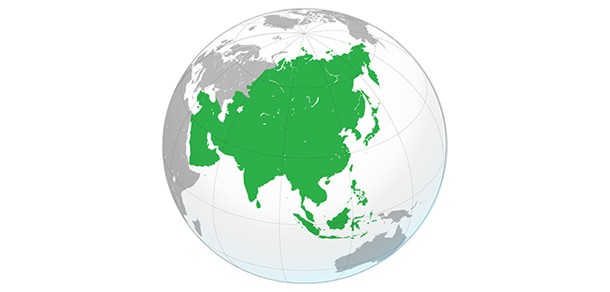re:ID National eID Series: China, India dominate Asian issuance
03 August, 2015
category: Biometrics, Contactless, Digital ID, Government, Smart Cards
After establishing Europe as a leading region in eID, due in part to an infrastructure and social framework that supports the delivery of a national eID, the second installment of the re:ID eID series highlights Asia.
Understandably, the countries with the most significant influences in the region are those with the largest populations, China and India. More specifically, the future growth of eID issuance in Asia will greatly hinge upon how these countries have and will decide to implement and issue credentials to their respective citizens.
The whales of eID
Per Acuity Market Intelligence’s “The Global National eID Industry Report” detailing the region, China alone represents 87% of Asian eIDs issued, 60% of global eIDs issued and a remarkable 47% all global IDs of any kind.
“The most significant factor in the Asian region’s National eID market is China’s ID program producing nearly 300 million eIDs annually,” says Maxine Most, founder and principal of Acuity Market Intelligence. “This represents almost all 2013 eIDs and 70% of 2018 eIDs.
Simply put, China isn’t just the whale of eID, but of ID issuance in general.
The caveat to this, however, is that only domestic suppliers have had access to the opportunity that is the country’s eID program. “China’s restricting of vendor participation to domestic companies only limits the true impact of a program of this size,” says Most.
India, meanwhile, marks another significant portion of the Asian eID landscape, though it’s a presence that is yet to arrive.
India announced plans to introduce national eIDs beginning in 2016. Provided things go according to plan, the Acuity report suggests that India along with China will account for 500 million of the total 588 million national eID cards issued globally in 2018.
Central to the eID initiative in India is the county’s national registry program. The Unique Identification Authority of India, UIDAI for short, conceived the eID project as a means to provide identification for each resident across the country. This form of identification would be used primarily as the basis for efficient delivery of welfare services, but would also serve various other government programs and schemes.
UIDAI intends to issue a unique identification number that can be verified and authenticated online in a cost-effective manner and is also robust enough to eliminate duplicate and fake identities. UIDAI’s efforts go back as far as 2006, when the ID project first received administrative approval. The now decade-long process has been hampered by delays, but the country is approaching a delivered solution.
“In 2014, India announced it would begin a National eID program linked to the biometric enrollments and issuance of unique ID numbers in 2016. India is on track to capture biometrics for one billion citizens by the end of 2016,” says Most.
Further delays are likely, however, and current projections assume a 2017 start date, says Most. “The scale of India’s biometric national registry project, as part of a truly open international tender process, will profoundly influence global market development,” she adds. “Issuing national eID cards to accompany its registry program will add 200 million cards per year.”




